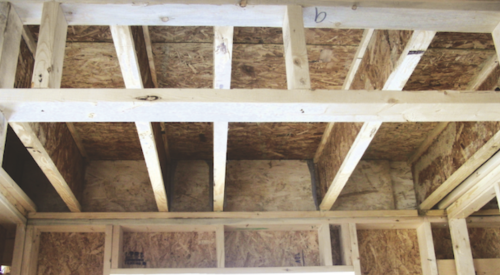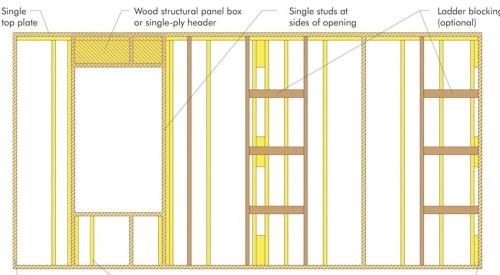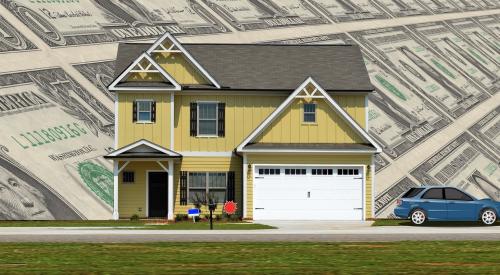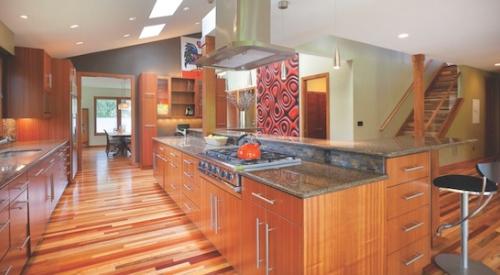|
Heather McCune's Editorial Archives
|
One of the most inspiring stories coming out of this year’s National Green Building Conference is that of Casa Verde Builders. Begun in 1995, Casa Verde Builders is a program of the American Institute for Learning (AIL), a non-profit corporation in Austin, Texas that has been providing alternative educational service to young people for more than 20 years.
In the four years since its founding, Casa Verde Builders has changed more than a few lives:
The rewards of this training program extend beyond the students as well. Through the Casa Verde Builders program, AIL has created a reliable, skilled supply of labor for the Austin construction market. Right Partners
In 1992, the City of Austin’s Green Building Program needed a builder to construct a model energy- and resource-efficient home to meet a requirement of the grant that was used to start the green building program. After several months of discussions with various community groups, a partnership was formed among the city’s green building program, Austin Habitat for Humanity and AIL. Under the partnership, the Green Building program provided technical support for the project. Habitat provided the lot for the project, sold the finished home to one of the families on its list and supplied volunteer labor for some phases of the work. AIL set up a program with staff and students from its alternative school to build the home.
Construction of the first house began in August 1993. The home features FasWall insulated wall forms for the exterior wall system, metal studs for the interior walls, galvalume roofing with a ridge and soffit venting system, gas combo or hydronic heating system, a whole house fan, and a covered porch facing west. The flooring was scored and stained concrete in the public rooms, recycled content carpet in the bedrooms and linoleum counter tops and flooring in the kitchen.
Building Strong
Today, most of the homes built by Casa Verde are 1200 sq. ft. single family houses with three bedrooms and two baths. The units are built using structural insulated panels for the exterior wall system to provide continuous R-16 insulation unbroken by studs. The exterior cladding is usually Hardipanel or Hardiplank siding. Both products help keep maintenance and repair costs down for the low-income families that buy these homes.
The interior non-load bearing walls are made of Stramit Enviropanel. Currently imported from Germany, U.S. production plants are expected to come on line soon. Stramit panels are made of compressed wheat straw and covered with drywall paper. Using these panels reduces labor by eliminating framing, insulating and installing drywall on interior walls and replacing these three steps with the single process of installing the panels. Because the panels are only 2¼ inches thick (rather than the 4½ inches of stick framed walls) they allow for more interior space. Wet walls are built with metal studs in the traditional manner. Using these products reduces Casa Verde’s consumption of dimensional lumber, thereby reducing the need to harvest mature trees.
The design of the homes addresses the issues of providing comfortable living space for families in a small home. Front porches provide shade for the walls and windows from the summer sun while also supplying additional living space where families can get to know their neighbors and keep track of neighborhood activities. To improve indoor air quality, Casa Verde builds its own cabinets using formaldehyde-free medium density fiberboard. All paints used inside are low volatile organic compound (VOC) content paints. Casa Verde uses a 100 percent recycled PET carpet and recycled carpet pads to further reduce off gassing and to reduce the use of virgin raw materials. All adhesives used in the installation of the carpets, pads and sheet vinyl flooring contain no VOCs.
In tracking of utility costs for a sampling of the Casa Verde homes and comparing them with other comparable homes in Austin, average electricity costs are usually 50 percent less than the control group. Natural gas consumption has been reduced by 10 percent.
Heather McCune is the Editor-in-Chief for Professional Builder and Luxury Home Builder. Please email her with any comments or questions regarding her column.











